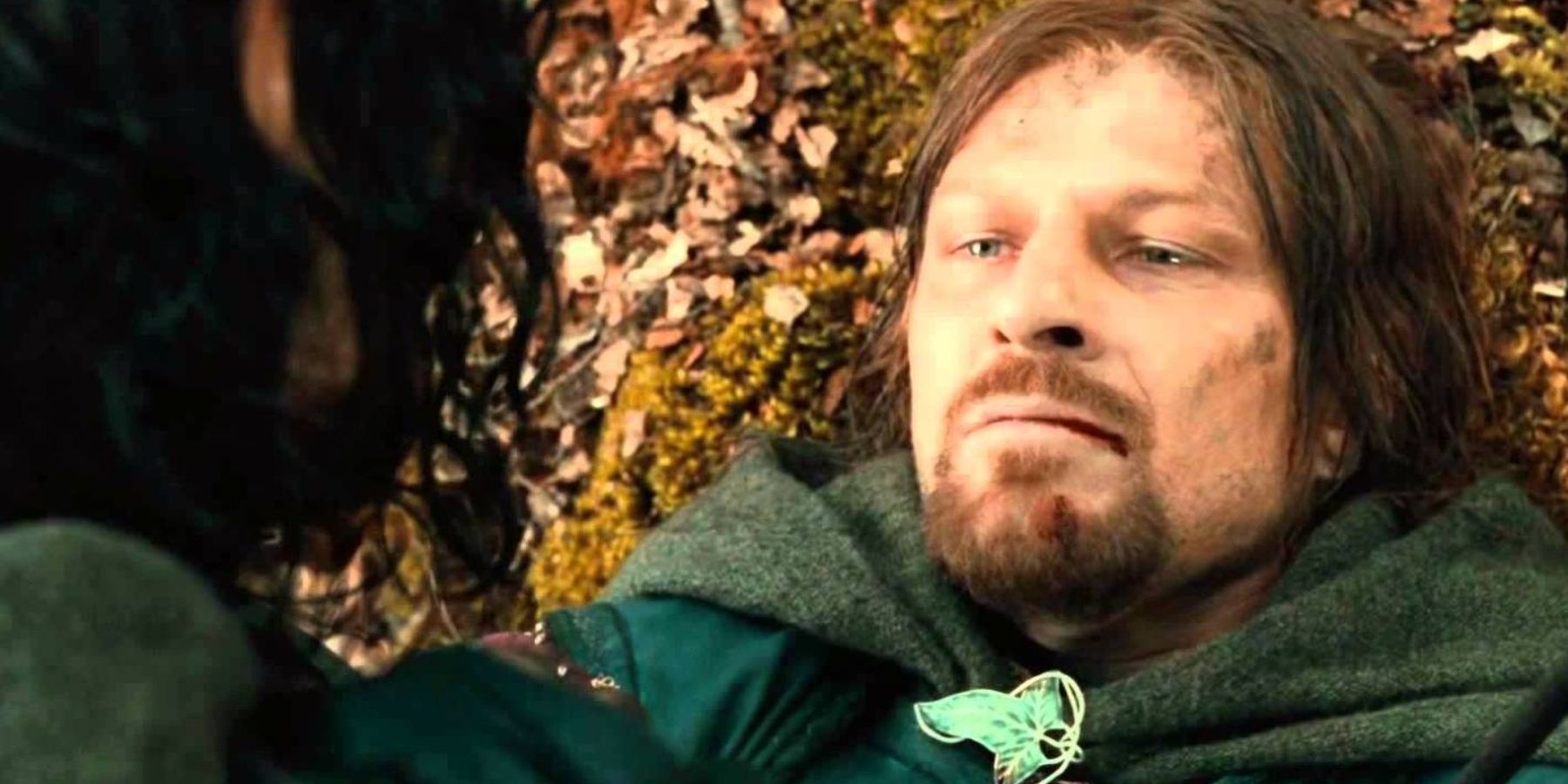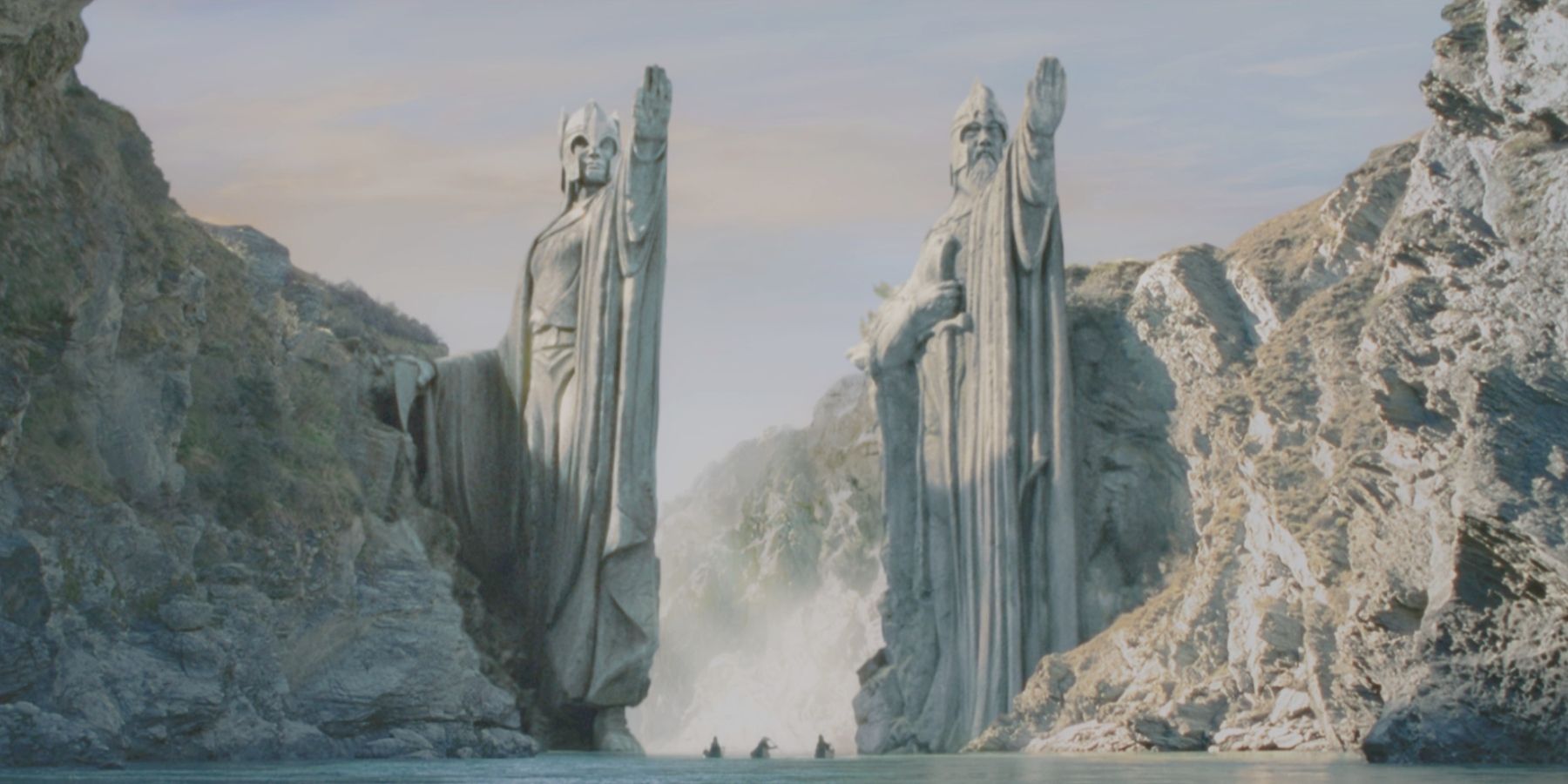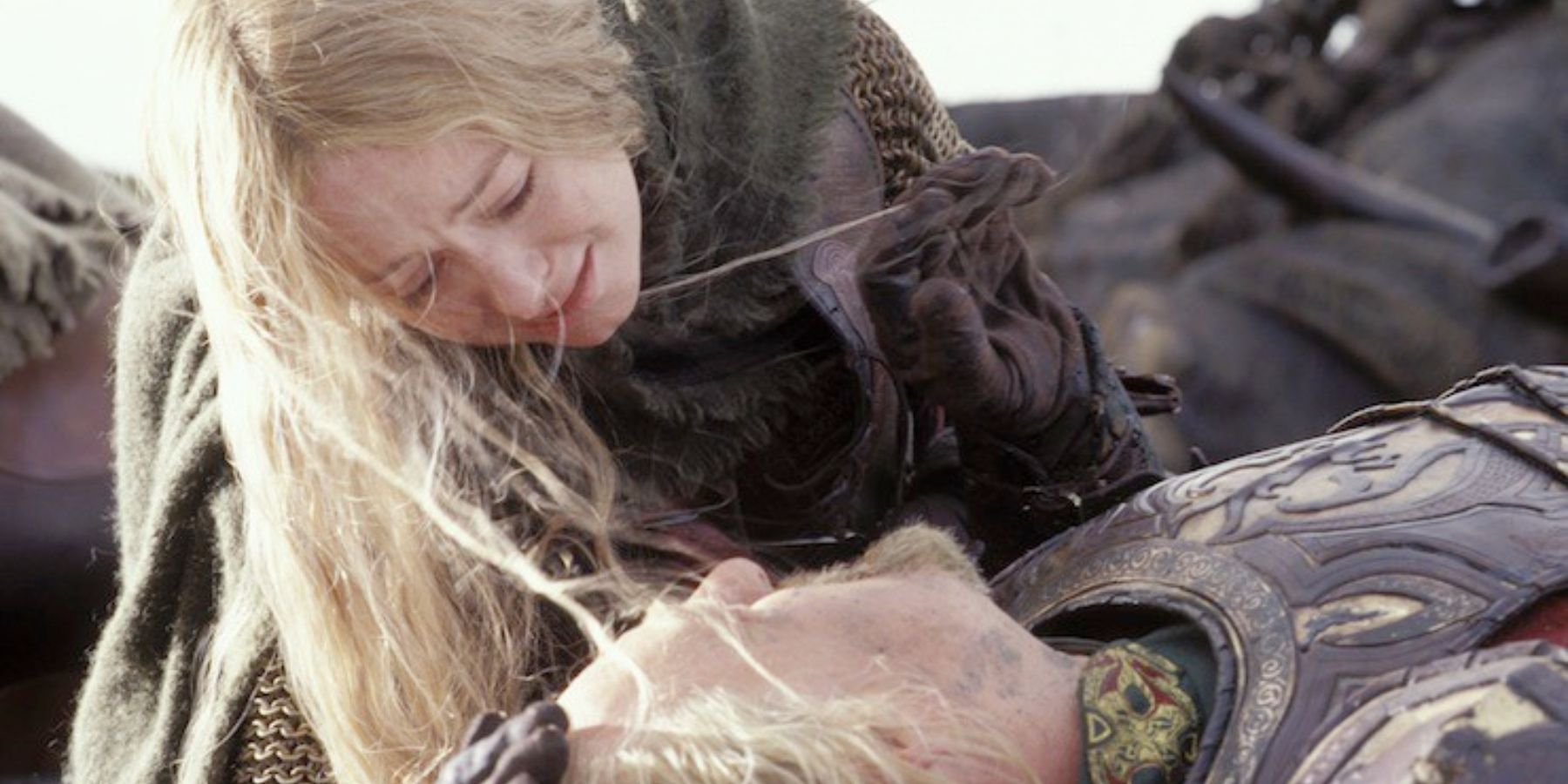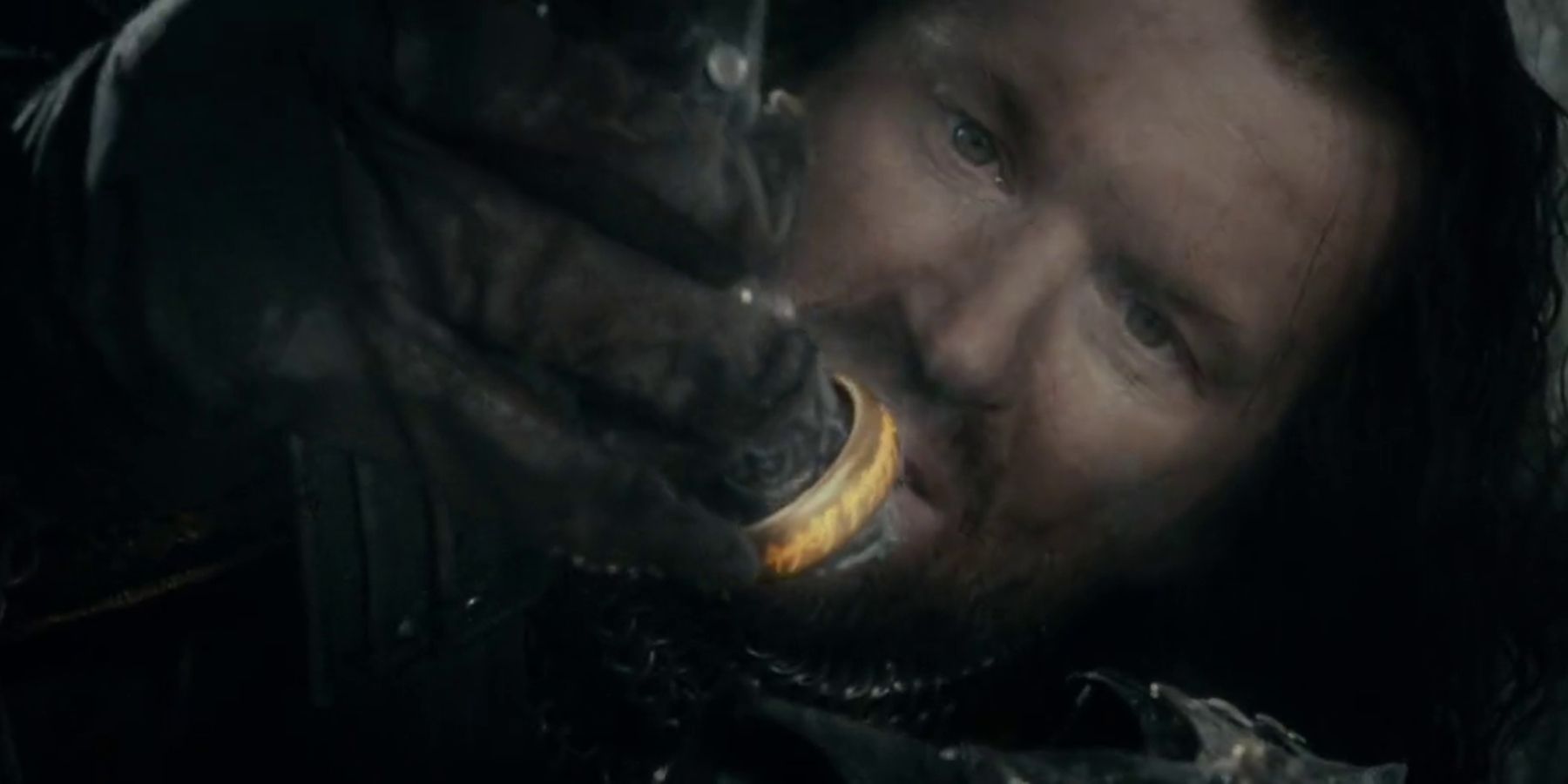Throughout the history of Middle Earth, there have been many deaths, from the great battles fought, to the villanous murders at the hands of the evil enemy, to the everyday passing of people in their sleep. But there seem to be two different kinds of deaths within Tolkien’s works, and those are the death of the physical body, and the death of the soul or spirit that inhabits it. So what is the difference?
Some examples of the most notable examples of physical death include the death of Boromir, the man of Gondor who is a member of the fellowship of the ring. After the captain tries to take the ring from Frodo, and Frodo slips away with the help of the invisible powers of the ring, the remaining companions are set upon by a band of Uruk-hai orcs.
The leader of the band shoots Boromir in the chest 3 times as the soldier tries to protect Merry and Pippin who are kidnapped by the Orcs. Aragorn swoops in and engages Lurtz in battle, during which the Uruk-hai licks a dagger covered in his blood and throws it at Aragorn. The character manages to deflect the blade, which was an unscripted moment they decided to keep in the final edit of the movie. Once Aragorn has defeated his foe, he sits with Boromir as he passes out of life, saying that he would have followed Aragorn as his true king right to the end. The two men of Gondor are thought of to be modern day reincarnations of the Kings of the Argonath, who met similar fates of tragedy and glory.
Similarly, King Theoden of Rohan also dies physically, and his body passes out of the world, to be laid to rest in the mounds of his forebears. His son Theodred, is also laid to rest there, and Theoden feels relief that they will be reunited when he dies on the battlefield. Eowyn and Eomer, his niece and nephew are left to grieve him, after both have fought bravely in the war, with Eomer leading the Rohirrim, and Eowyn defeating the Witch-king which results in her being sent to the houses of healing, where she is treated using the ancient herbal remedy of the Athelas Flower, by Aragorn, and where she meets Faramir, whom she later falls in love with and marries. The Army of the Dead is a good example too, for their bodies are long gone, but their spirits are unable to pass on until they have fulfilled the oath they made to Isildur many years ago.
Then, there is the other type of death, in which the physical body seems to be destroyed or frozen, but the spirit seems to linger on, and is able to return. A good illustration of this is in the ‘death’ of Gandalf the Grey, who falls in shadow and flame with the Balrog in Moria. The elves lament him, and the fellowship mourns him, and Galadriel can no longer see him, which suggests that he really has passed out of the world. However, when Aragorn, Gimli, and Legolas reach Fangorn Forest in pursuit of Merry and Pippin, they run into a white wizard, who they think at first is their foe, Saruman. However, Gandalf reveals himself in his new form as ‘Gandalf the White.’ He explains that after he passed, he was returned to Middle Earth, because he still had a part to play in the quest, which proves true as he is an essential figure in the rest of the War of the Ring.
A similar, but far more sinister version of this spiritual death is that of the evil Lord Sauron himself. When the ring is cut from his finger by Isildur, his physical form is damaged as well, but his spirit is able to linger on. The Last Alliance believes him to be dead, but his essence is able to hide back in Mordor where it simmers and regains strength until he is powerful enough to wage another war. Whilst the one ring is in existence, he can never truly be destroyed.
Where the elves who journey to the Undying Lands stand on this scale is unsure. It is clear that they pass out of the world on the grey ships, upon one of the last of which also travels Frodo and Bilbo. Their physical bodies leave the world, with the beautiful music of Into the West playing in the background of the scene, but what happens to the bodies is never particularly explained. However, it is suggested that the souls or the spirits who have ‘died’ live on in a certain way in the blessed lands. This is why Elrond wishes for Arwen to go, so that she can be reunited with her mother, who has come to rest in the final place of her people.
Perhaps this symbolic heaven, this hope that the soul lives on even when the body dies, is because of Tolkien’s religious beliefs, or perhaps it is because he lost several of his friends in the first world war, and hopes that their vitality has found peace somewhere beyond death.




